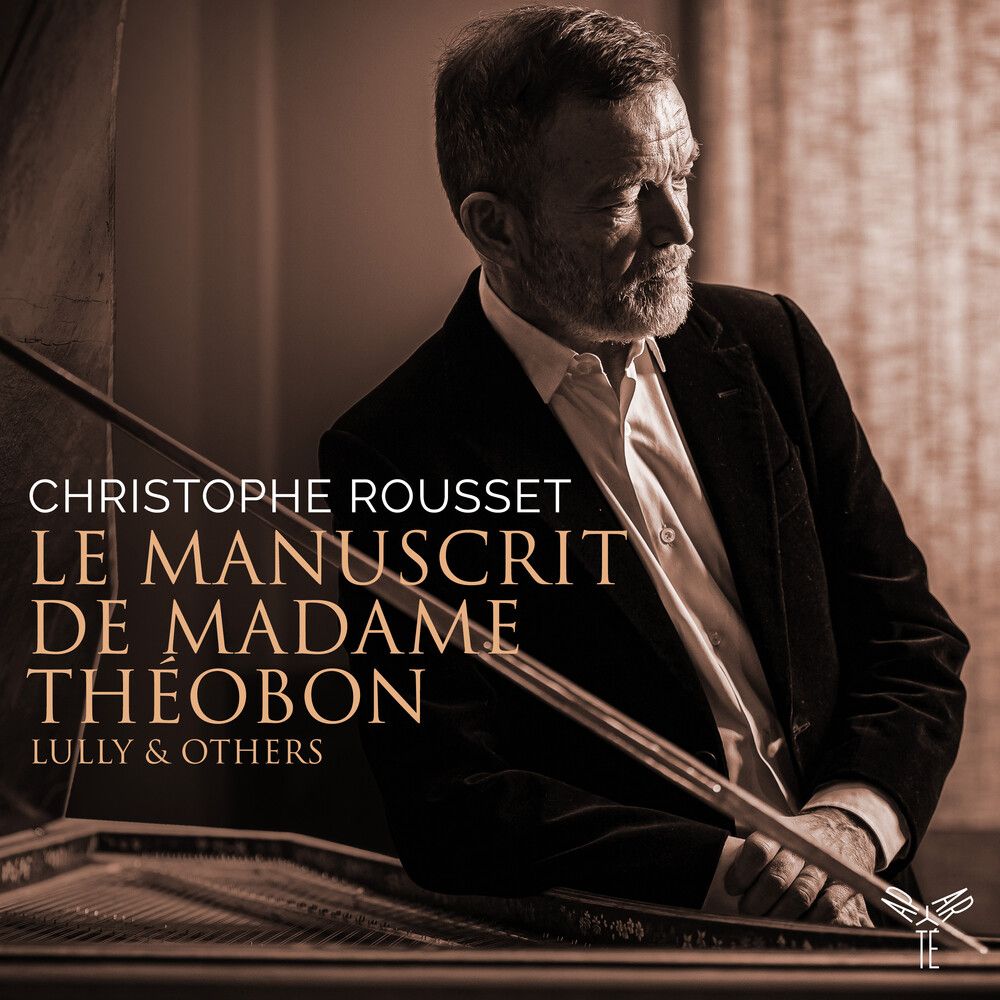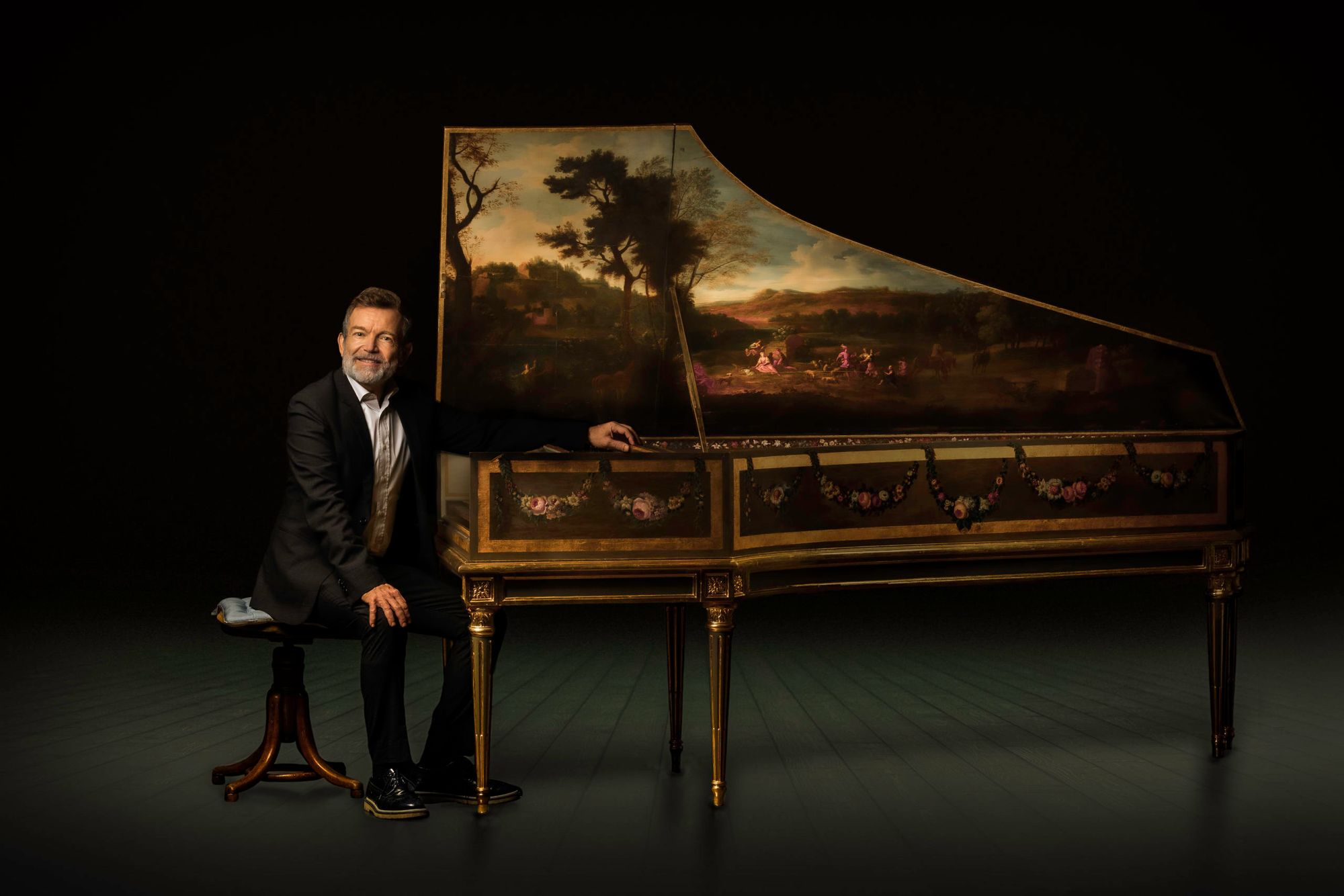An eBay miracle: Le Manuscrit de Madame Théobon
Listening to the release straight through offers real solace from the trials and travails of the modern world

So what do you look for on eBay? Posh soap? Cheap electronics? Imagine finding a rare and valuable music manuscript, in the wrong selling category to boot, chock full of beautiful, priceless musical gems.
That's precisely what happened to Christophe Rousset in 2004. The MS is dedicated to Madame de Théobon (Lydie de Rochefort-Théobon), a former mistress of Louis XIV. A full quarter of the pieces on this two-disc set have been unearthed and recorded for the first time here. The listing described the item as a 'music volume for harpsichord edited in the eighteenth-cenury'; of course, it was actually from the seventeenth-centurs. Even more curious, the listing originated from a specialist seller.
Madame de Théobon was an attendant to Queen Maria Theresa of Spain, and later the Comtesse de Beuvron. The liaison with Louis XIV began in 1670, lasting until 1673 (at which point Madame de Théobon was expelled from the Queen's attendants because of the influence of Madame de Montespan). It is possible she played harpsichord at court. Here's Rousset introducing the disc and his researches (in French, but with English subtitles):
Having recently returned from Versailles for Rousset's performance of Lully's opéra Psyché, it was certainly balm to my ears to learn that nearly half of the pieces here are by Lully (34 out of 80). There are popular tunes from his opéras and ballets, plus music by the likes of Jacques Champion de Chambonnières and Jean-Henri d'Anglebert. In fact, d'Anglebert's Folies d'espagne has an 'extra' variation, possibly added by the copyist (CD 2 track 2, c. 9 mins). There are also seven unmeasured preludes; inevitably, there are first recordings here; pieces last from around 30 seconds to that nine-minute variation set.
As for the manuscript itself, Rousset states that it is "a testament to the style of d;Anglebert, the King's harpsichordist and Lully's disciple". The pieces are arranged on this album by tonalities, which gives a beautifully satisfying listening experience.
Another special element to the recording is the harpichord used by Rousset. The recording took place after Rousset received his Nicolas Dumont harpsichord (1704), restored from 2006 to 2019 by David Ley.Rousset describes the sound of the instrument as "powerful but still austere," which clearly does justice to this repertoire; there is a definite nobility to the whole experience. Take the gravitas of the anonymous piece, Le beau berger Tirois:
.. or on an even grander scale, the Passacaillde d'Armide (Passacaglia from "Armide," LWV 71):
Sitting with this is a full-blown French Ouverture (Lully - the Overture to La Grotte de Versailles, LWV 29):
But on the other side of the coin, there's the rampant rusticity of the Branle des gueux (shout-out to that great composer, Anonymous, who contributes a fair few pieces on this two-disc set!):
... or the perhaps surprisingly sprightly "Deuxième Air" from Atys, given its title (Second Air from the dark dreams of Atys):
Let's hear a piece by Charbonnières included here, the Sarabande Jeunes zéphyrs de M. Charbonnières:
This has to be one of the most notable of recent releases. Over the course of some 71 tracks, it pairs historical importance with great musical worth; the simply superb harpsichord is perfectly captured in the recording.
On another, emotional, level, listening to the release straight through offers real solace from the trials and travails of the modern world.
One small "correction" - in the Engliish notes (placed first), the closing reference is to a table of the original order of pieces in the manuscript, "below". That's a direct translation from the French notes, where the list is indeed directly "below" - for an English-speaking audience, simply flip over to page 17 of the booklet for all to be revealed!

